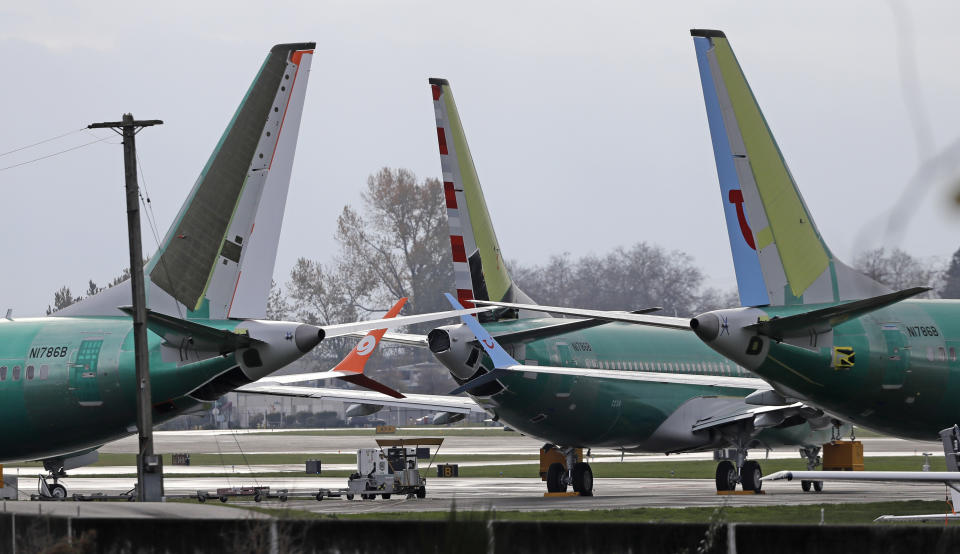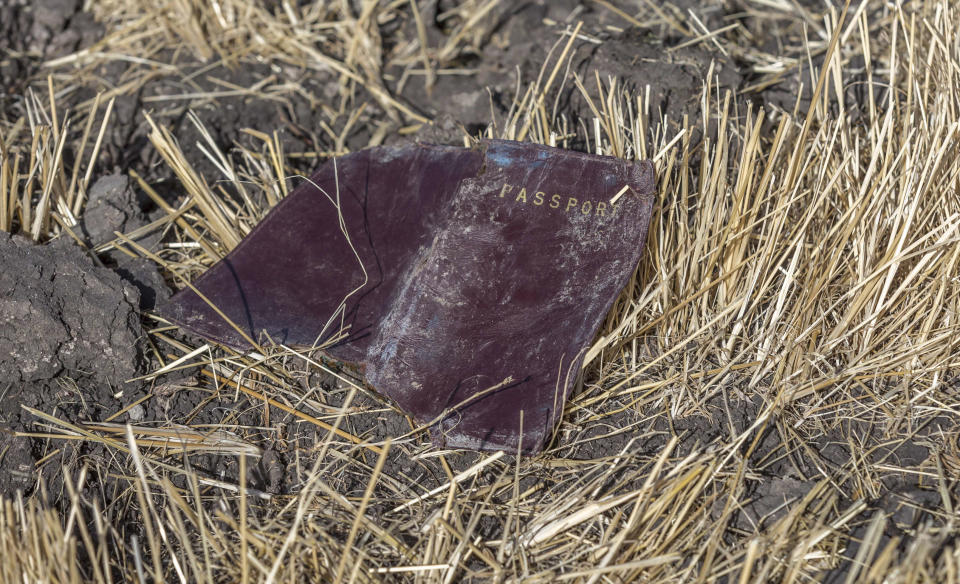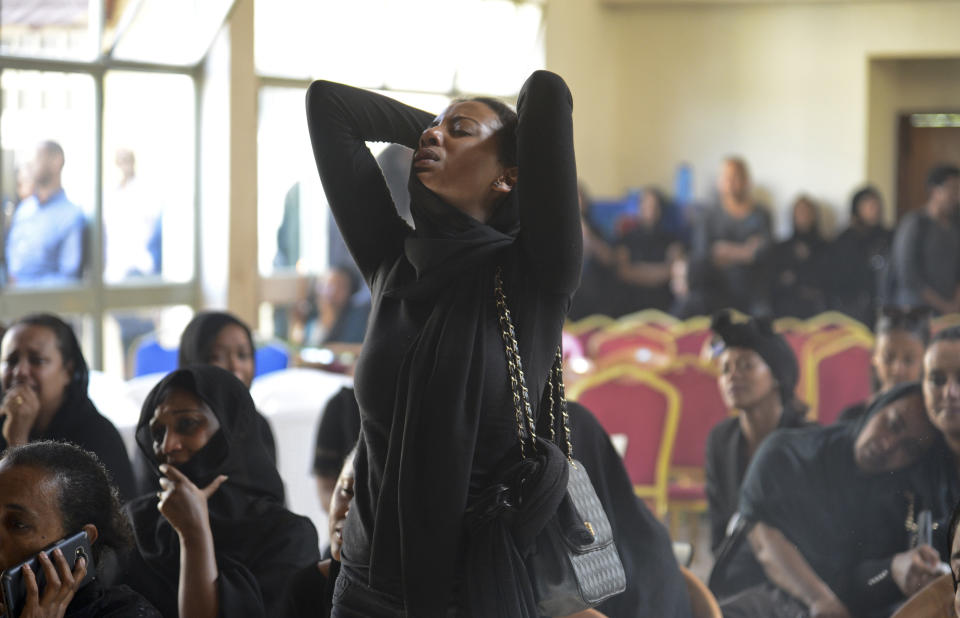Boeing 737 Max 8 ban causes mid-air chaos as flights are turned back
Two flights heading to the UK have been forced to turn around mid-flight after the country closed its airspace to all Boeing 737 MAX 8 aircrafts.
The MAX jets have been banned from flying in a growing list of countries, including Australia, following a devastating crash in Ethiopia on Sunday, killing all 157 people on board.
As the bans fell in place in the UK on Tuesday, two Turkish Airways flights were forced to turn around as they could no longer land in the nation.

Flight TK 1997 departed Istanbul at 2.35pm (local time) headed for London’s Gatwick Airport, but was instead redirected back to Istanbul, according to Flightradar24.
Another flight, TK 1969, that left Istanbul at 2.10pm for Birmingham was also rerouted back to Turkey.
The Ethiopian Airlines crash is the second involving the 737 MAX five months after the same model flown by Lion Air crashed off the coast of Indonesia in October, killing all 189 on board.


Australia, China, India, Malaysia, Indonesia, Singapore, Oman, Namibia and all European Union countries have made national bans for the Boeing 737 MAX jets.
As of Wednesday morning, the US and Canada were the only remaining countries to still be flying a substantial number of MAX 8s.
Virgin Australia announced it won’t introduce any new Boeing 737 Max 8 planes unless satisfied they are safe, as authorities suspended airlines from using the model.
Pilots claim issue causes plane to ‘tilt down suddenly’
Airline pilots on at least two flights have reported that an automated system seemed to cause their Boeing planes to tilt down suddenly, the same problem suspected of contributing to a deadly crash in Indonesia.
The pilots said that soon after engaging the autopilot on Boeing 737 Max 8 planes, the nose tilted down sharply. In both cases, they recovered quickly after disconnecting the autopilot.

The pilot reports were filed last year in a data base compiled by NASA. They are voluntary safety reports and do not publicly reveal the names of pilots, the airlines or the location of the incidents.
It was unclear whether the accounts led to any actions by the FAA or the pilots’ airlines.
In one report, an airline captain said that immediately after putting the plane on autopilot, the co-pilot called out “Descending,” followed by an audio cockpit warning, “Don’t sink, don’t sink!”
The captain immediately disconnected the autopilot and resumed climbing.

“With the concerns with the MAX 8 nose down stuff, we both thought it appropriate to bring it to your attention,” the captain wrote. “Best guess from me is airspeed fluctuation” due to a brief weather system overwhelming the plane’s automation.
On another flight, the co-pilot said that seconds after engaging the autopilot, the nose pitched downward and the plane began descending at 1,200 to 1,500 feet per minute. As in the other flight, the plane’s low-altitude-warning system issued an audio warning. The captain disconnected autopilot, and the plane began to climb.
The pilots talked it over later, “but can’t think of any reason the aircraft would pitch nose down so aggressively,” the co-pilot recounted.
Do you have a story tip? Email: y7newsroom@yahoo7.com.au.
You can also follow us on Facebook and Twitter and stay up to date with the latest news with Yahoo7’s daily newsletter. Sign up here.


